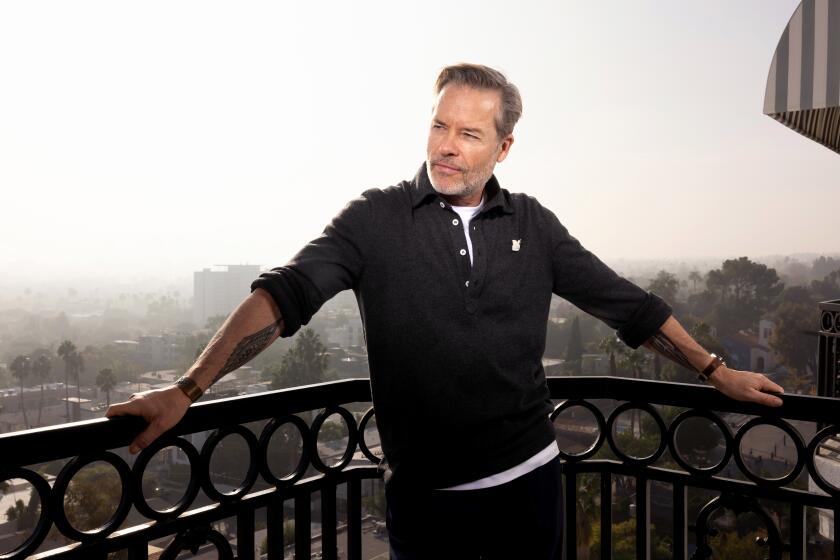Timeline: Violence in movies
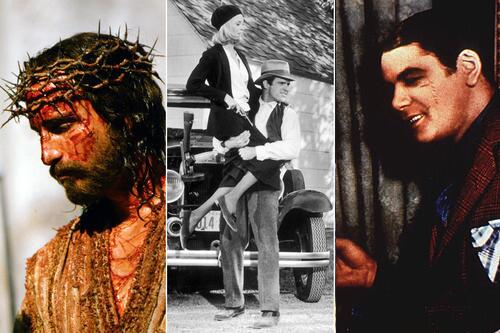
By Susan King, Los Angeles Times
Violence in movies has been a source of controversy since cinema was in its infancy.
From the black and white gunplay of the gangster movies of the ‘30s, to the slow-motion shootouts of Arthur Penn’s landmark 1967 film, “Bonnie and Clyde,” to the rivers of blood flowing in Quentin Tarantino movies, the depiction of violence in film has long polarized critics and audiences. And that debate continues today.
Here’s a look at some of the seminal moments that shaped the conversation about violence in movies over the years. (Newmarketfilms / Getty Images / Universal)
Films such as the original ‘Scarface,’ ‘Bonnie and Clyde’ and ‘The Wild Bunch’ were noteworthy for the graphic nature of their violent scenes.
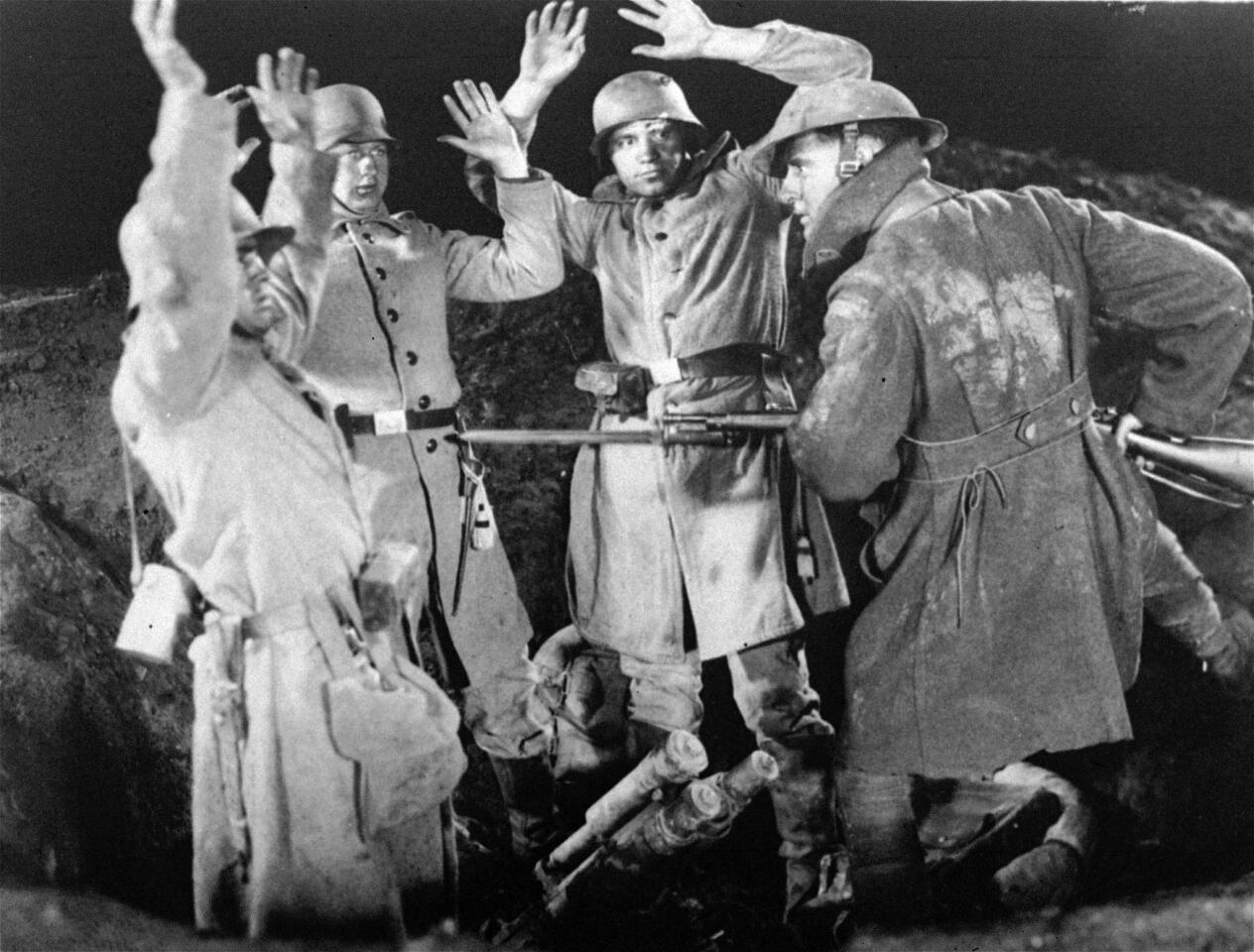
King Vidor’s World War I epic was notable for its brutal scenes of German snipers gunning down U.S. soldiers, while another wounded soldier is shown with blood running down his head. Star John Gilbert’s character loses his leg when his character is hit by German mortar fire -- an unusually graphic scene for its time. (MGM / Associated Press)
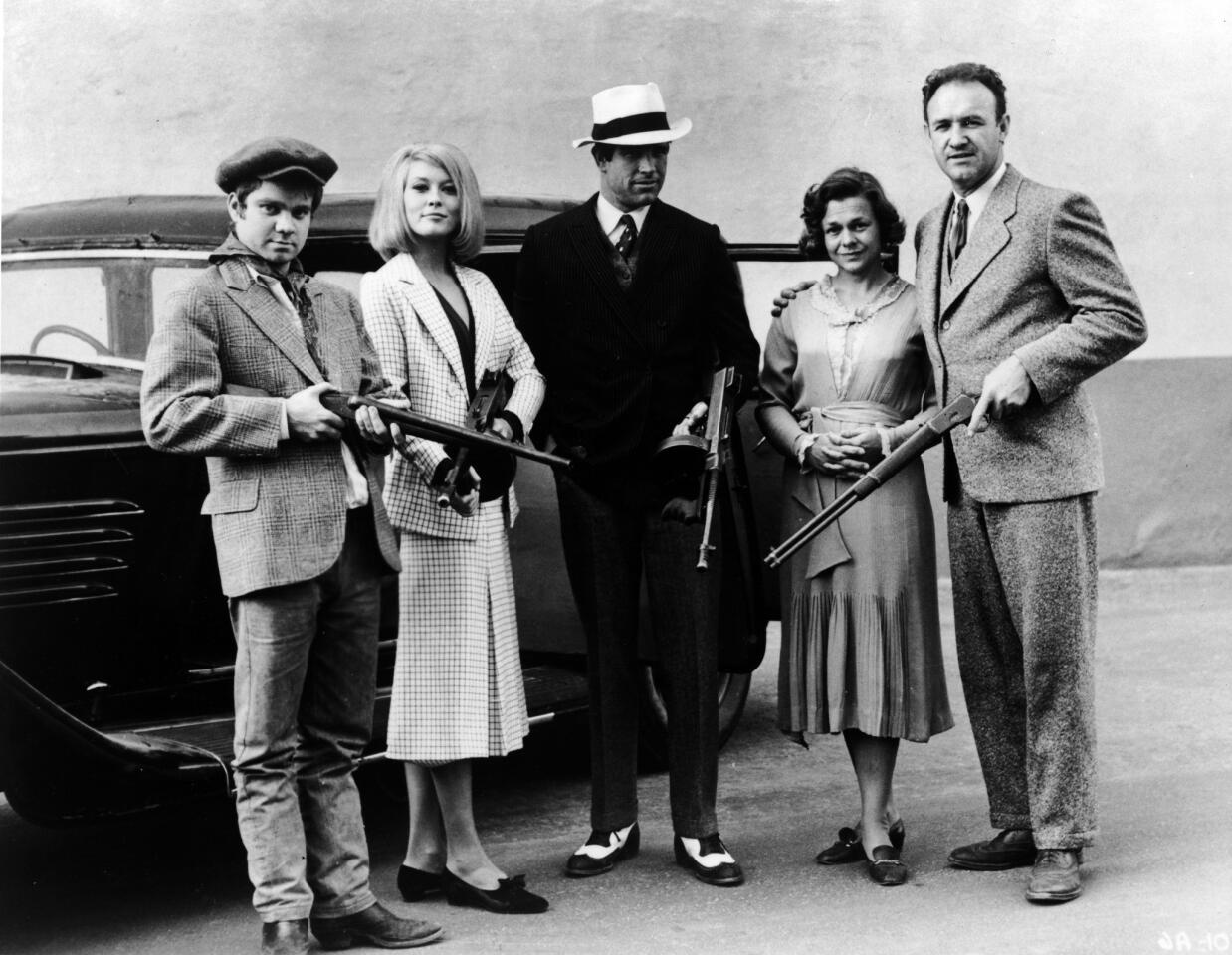
The legendary bank robbers, played by Warren Beatty, center, and Faye Dunaway, second right, are gunned down in a blaze of slow-motion bullet fire in Arthur Penn’s game-changing gangster film. “It was a time,” Penn later said, “where it seemed to me that if we were going to depict violence, then we would be obliged to really depict it accurately -- the kind of terrible, frightening volume that one sees when one genuinely is confronted by violence.” (Warner Bros. / Getty Images)
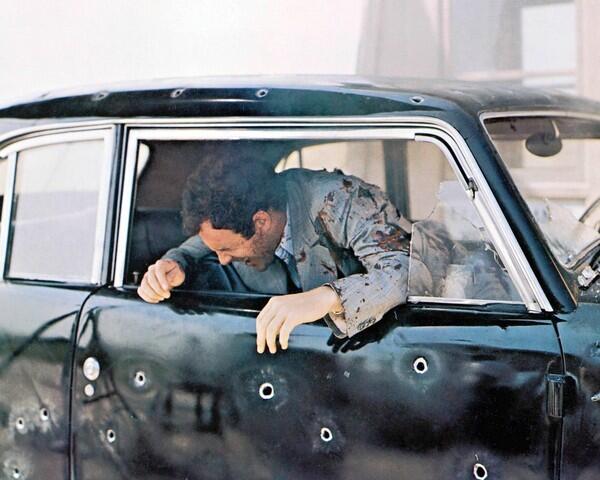
Francis Ford Coppola took an operatic approach to the unforgettable scenes of violence in the film, including Sonny’s death at a toll booth and the ruthless demise of Michael’s enemies during his daughter’s baptism. It paved the way for a new era of gangster films from such directors as Martin Scorsese that amplified the violence quotient. (Silver Screen Collection / Getty Images)
Advertisement
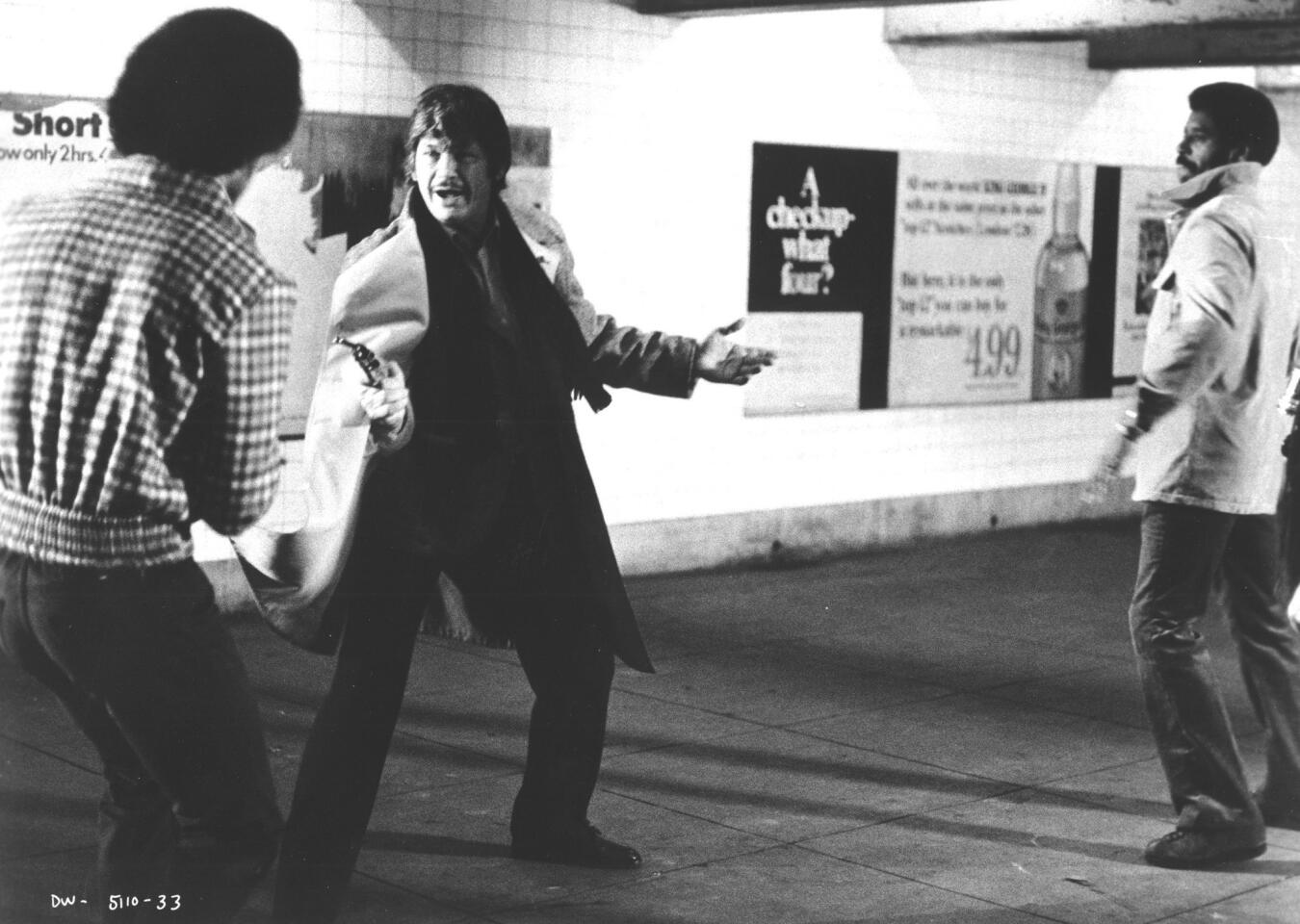
A brutal mugging and murder, a heinous rape sequence and several scenes of vigilante murders caused one critic to call this box office hit with Charles Bronson an “immoral threat to society.” Other movies such as the Clint Eastwood “Dirty Harry” series played on the pervasive fear of crime during this era. (Michael Ochs Archives / Getty Images)







